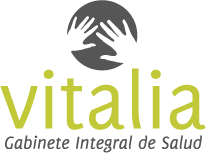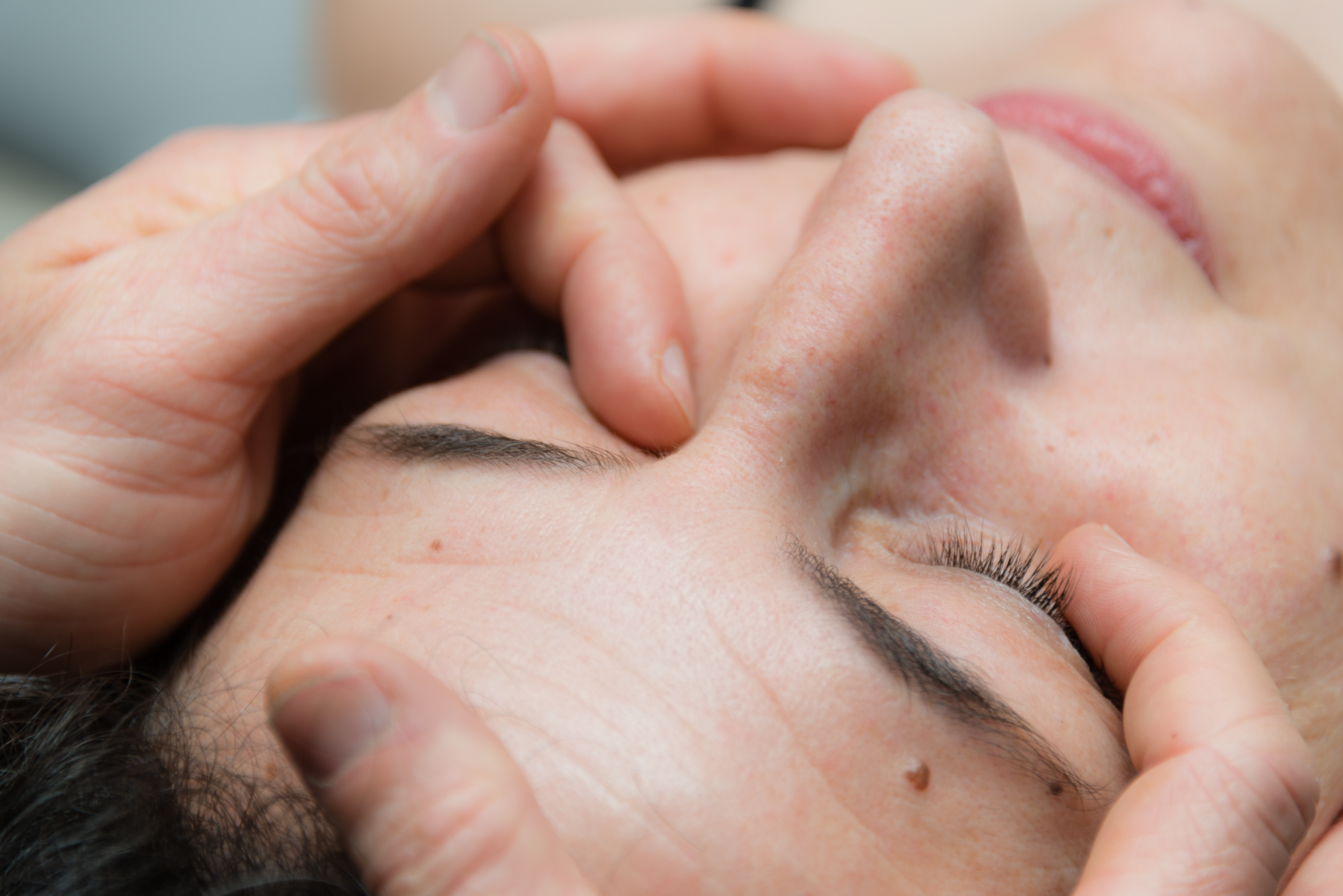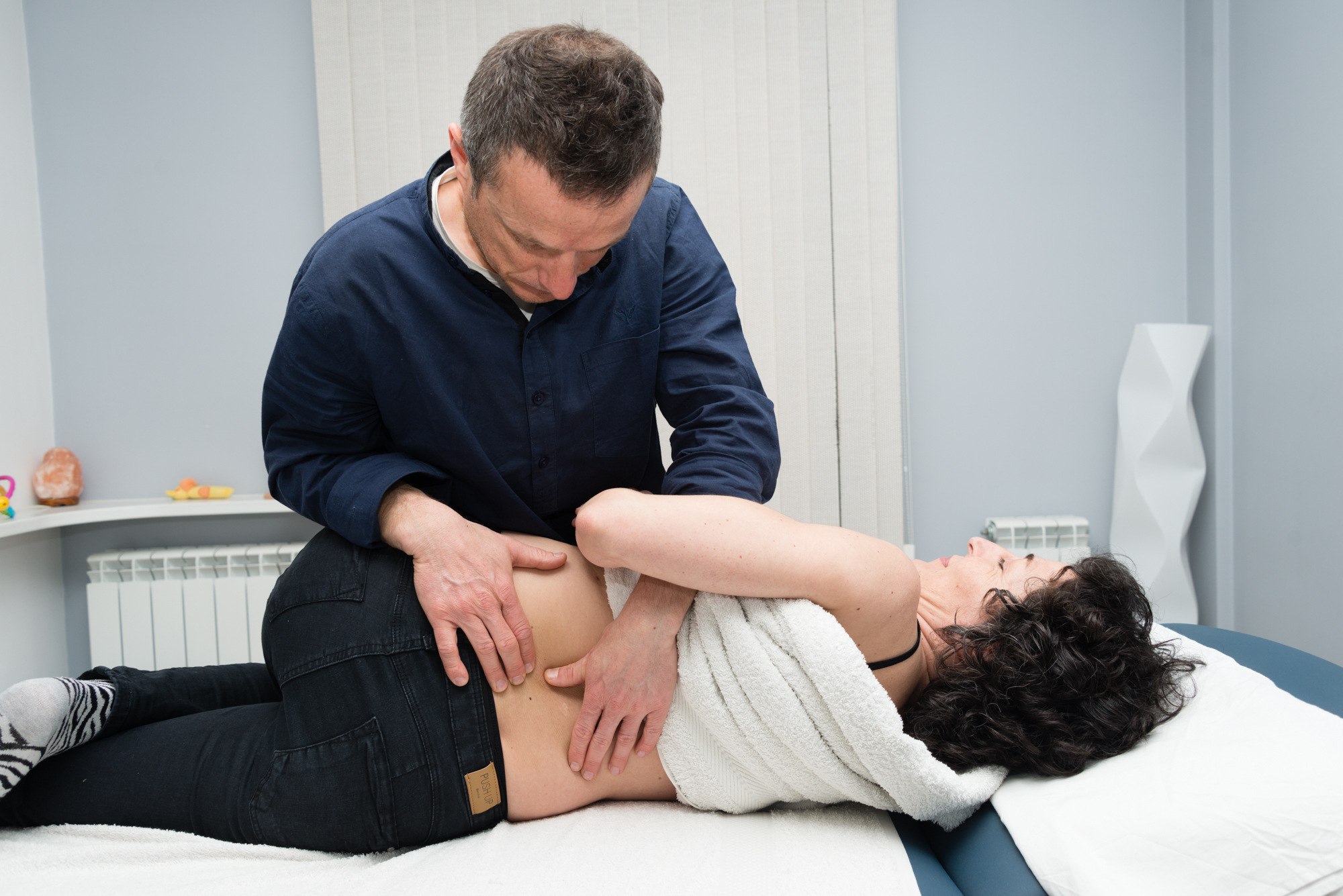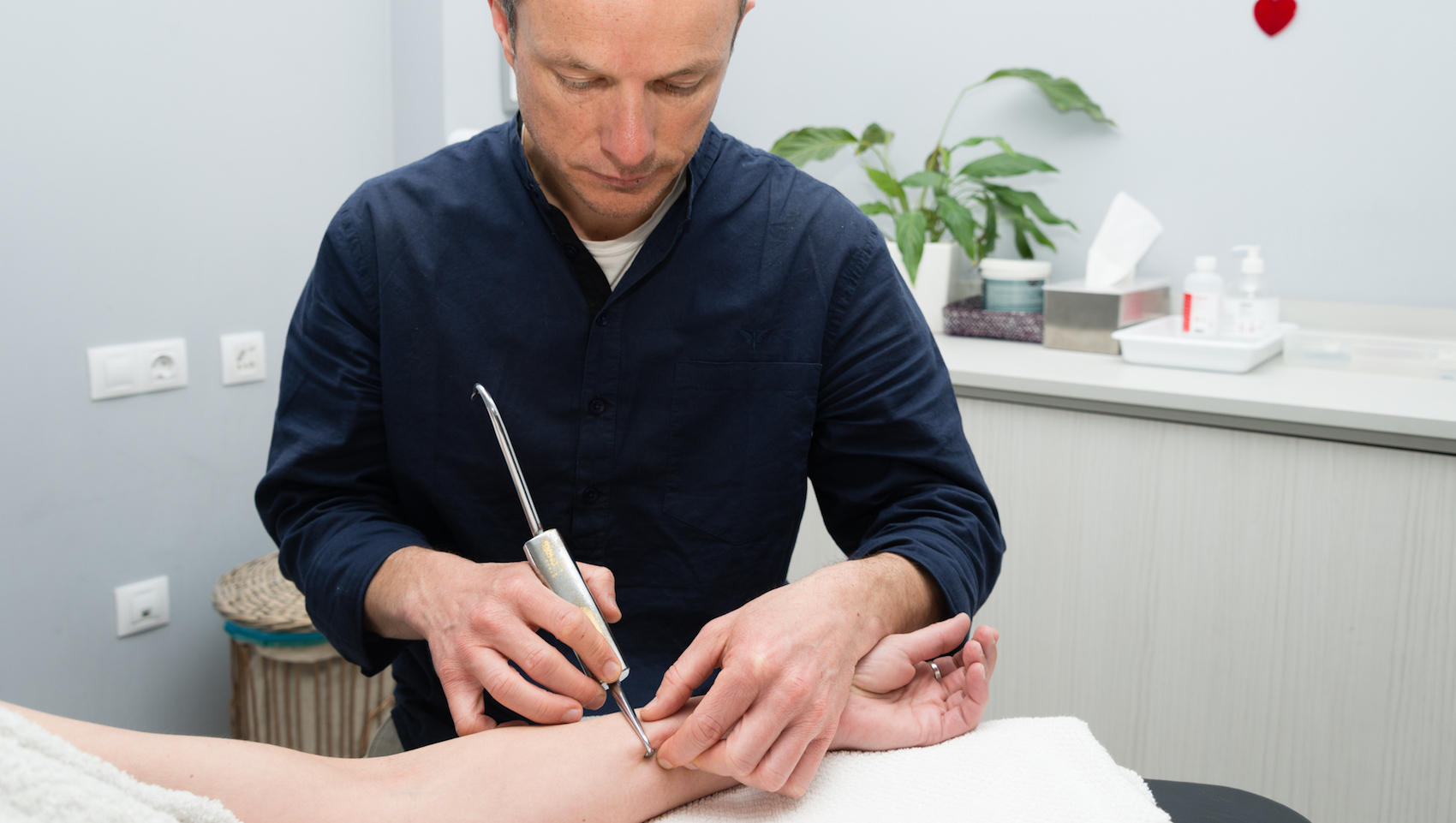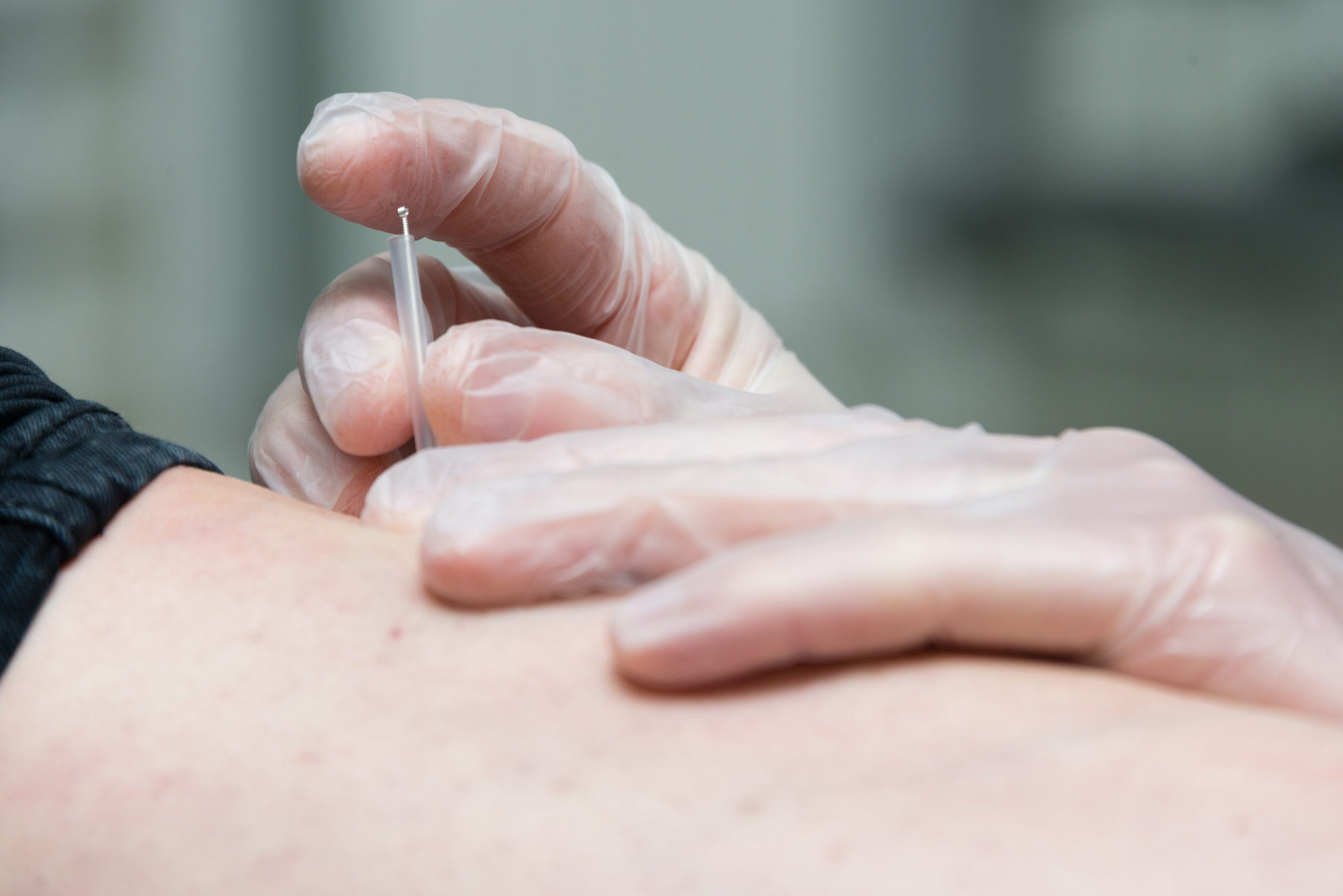Physiotherapy
PHYSIOTHERAPY TREATMENTS
The PHYSIOTHERAPY, is a University Diploma within the health sciences dedicated to the study of life, health and diseases, based on body movement.
Our 20 years of experience as a physiotherapist in the hospital environment, high level sports and private / private level, with a continuous training, has given us that therapeutic sensitivity based on listening and knowledge, which is reflected in the prevention and improvement of the health of our patients.
We have studied different physiotherapy techniques to be able to give a better service to our patients. The basis of all the techniques have been manual therapies, where we have included:
* Articular techniques (OMT orthopedic manual therapy)
* Muscular techniques (diacranal fibrolysis, Reduction
Global Postural RPG, Myofascial Therapy and Dry Puncture)
* Nervous system (Neurodynamics)
With these techniques to treat muscular problems, sprains, dislocations, bone fractures, tendinitis, scars, headaches, neuralgia …
GLOBAL POSTURE REEDUCATION
The Global Postural Reeducation, called RPG, is a scientific method, evaluation, diagnosis and treatment for alterations of the neuro-muscular system-Skeletal, created by Philippe E. Souchard in 1981.
This method of manual therapy is based on the Posture analysis and joint examination of the area where the problem is located, It is based on active postures, progressive and global, try to stretch the chains Muscular. Corrects deformities and imbalances static, avoiding offsets, eliminating the possible pain that may cause.
INDICATIONS of the RPG:
In the prevention and treatment of deformities of the column and in upper and lower limbs, reeducating the posture in both children and adults returning muscular flexibility, recovering the Correct alignment of structures, eliminating pain and resetting the function.
ORTHOPEDIC MANUAL THERAPY
The Kaltenborn-Evjenth concept is a manual therapy method derived from sports medicine, traditional physiotherapy, osteopathy, chiropractic and orthopedic medicine.
The method gives us the necessary tools to perform a structured assessment of the patient from a biomechanical point of view and create the most appropriate treatment strategy for each case where joint techniques are used (traction, landslides,
mobilization and manipulation), muscle techniques (stretching, strengthening, coordination), as well as exercises for the patient to perform in their own home (self-mobilization, stretching, self-stabilization) and mobilization of neural tissue.
INDICATIONS:
* Joint stiffness
* Nervous disorders
* Muscle, tendon and ligament dysfunctions
* Functional rehabilitation and muscle retraining post surgeries, traumas, immobilizations …
DIACUTANEOUS FIBROLYSIS
Diacutaneous Fibrolysis, popularly known as the technique “of the hooks“, arises after the development that Swedish physiotherapist Kurt Ekman performs from the techniques designed by Professor Cyriax.
Through this technique we release the adhesions or fibrous corpuscles that are generated in the zones of relationship between fascial structures (muscle-muscle, muscle-tendon, insertions …). Restoring the correct sliding of the different anatomical planes during the movement and resolves the possible phenomena compressives that can cause pain and dysfunction. this way we generate a mechanical benefit by release of tensions as well as others at the neurological level and metabolic.
INDICATIONS OF THE HOOKS
*Adhesions after trauma.
*post-surgical scars
*Loses of the locomotor system
*Muscle tensions
*Neuralgia
MYOPHASTIC THERAPY
Myofascial therapy aims to eliminate trigger points myofascial, responsible for myofascial pain syndrome using conservative and invasive techniques such as dry needling using acupuncture needles.
WHAT IS A TRIGGER POINT?
They are points of maximum shortening of the muscle, caused by muscular fatigue that leads to permanent and involuntary contraction of several sarcomeres (contractile units) for the continuous release of acetylcholine, The result is a decrease in flow local blood that prevents proper nutrition and elimination of cellular waste, causing a pain irradiated to other areas.
INDICATIONS OF THE DRY PUNCTURE
*Headaches
*Cervicalgías, dorsalgías, lumbalgías
*Any muscle pain caused by trigger points
